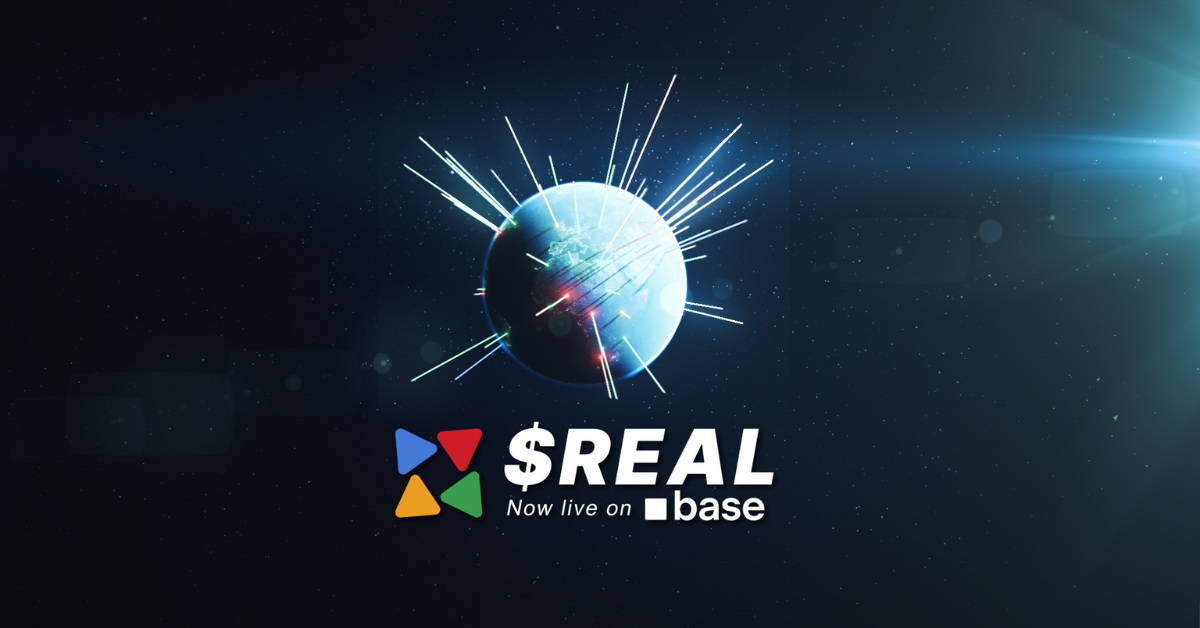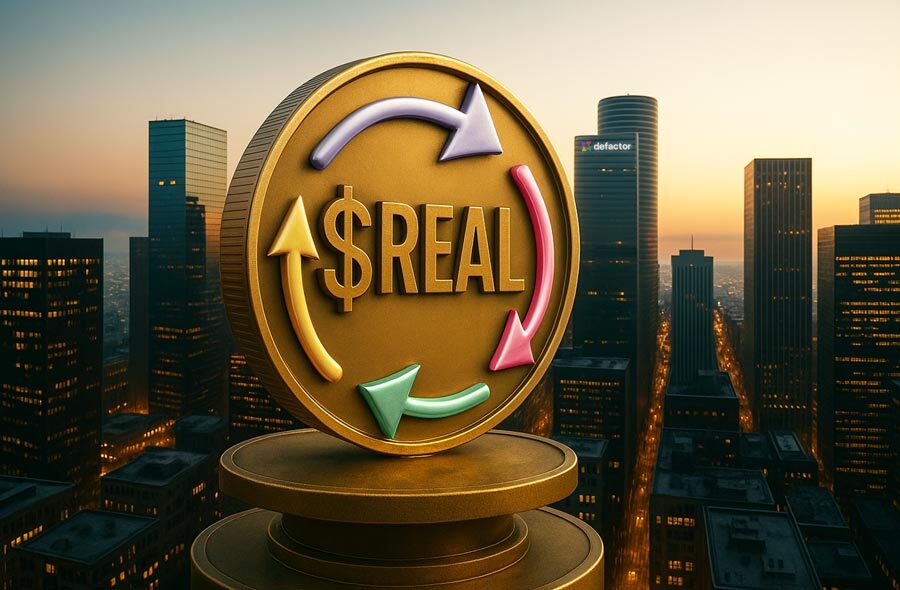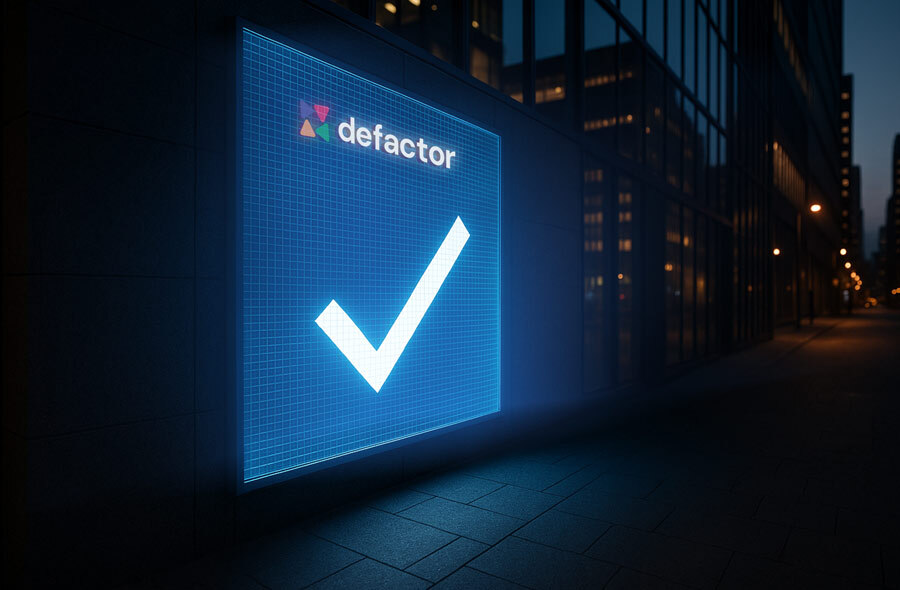Identity + Interoperability = Scalable RWA Markets
Together, interoperability and identity form the connective tissue of tokenized asset markets. Interoperability ensures assets can move; identity ensures they move safely and legally. Without both, RWA tokenization remains fragmented and fragile. With both, it becomes composable, scalable, and truly global.
We’re already seeing real-world examples of this dynamic come to life. In the Kalp x KaratDAO collaboration, decentralized identity meets RWA issuance through a blend of zero-knowledge proofs (ZKPs) and multi-party computation (MPC) and with these innovations, individuals can prove jurisdiction and KYC status without exposing sensitive data, enabling them to participate in tokenized assets. This drastically reduces onboarding time, lowers operational risk, and enables cross-border capital flow without a single email or intermediary.
Meanwhile, interoperability protocols are not just theoretical. Chainlink’s CCIP is already being used by institutions to enable token transfers across blockchain networks. Cosmos’ IBC protocol allows sovereign blockchains to exchange value and data natively, creating a multichain environment where assets and logic can flow with minimal friction.
Now, imagine combining the two: A verified investor in France (using a wallet with a ZK-KYC credential) accesses a tokenized invoice pool on Avalanche. They use tokenized euros from a Euro-denominated stablecoin on Ethereum, bridged via CCIP. The entire transaction may make your head spin, but it will happen trustlessly, across chains, with verified identity, regulatory compliance, and real asset backing. In minutes.
This kind of fluid, secure, and compliant interaction is what furthers RWA tokenization platforms beyond technical experimentation and into the realm of infrastructure.
Defactor, Interoperability & Identity
Defactor has partnered with LayerZero, a leading omnichain messaging protocol, to enable seamless cross‑chain movement of real-world asset tokens. By adopting the Omnichain Fungible Token (OFT) standard, assets tokenized with Defactor can be securely burned on one chain and minted on another. Defactor’s toolkit supports omnichain operations across EVM-compatible networks. Thanks to LayerZero’s burn-and-mint, Ultra Light Nodes, and decentralized verifier network, Defactor can issue and move asset-backed tokens transparently and efficiently between ecosystems, directly addressing fragmented liquidity. Defactor also provides a modular identity layer which aligns tokenized assets with regulations without compromising self-custody.
The Stakes Are High
Without this further tandem development, tokenized asset markets risk becoming inefficient. Yes, many of the technical pieces already exist but in most cases, they operate in silos. When these layers evolve in tandem, capital markets begin to unlock their full potential. Tokenized real estate in Brazil can be purchased by verified investors in Japan. SMEs in Kenya can access working capital from EU lenders using tokenized invoices. Commodity-backed tokens silver, sugar, even carbon credits can flow across chains without needing to be rewrapped, reissued, or re-verified.
And all of this can happen directly from a self-custodied wallet, using verifiable credentials. It’s already starting to take shape. But realizing it at scale requires treating identity and interoperability as a core infrastructure for the RWA economy.
Looking Ahead
With over $24B in tokenized assets already live on public chains, and new standards for cross-chain movement and digital identity advancing rapidly, the foundations for a global, interoperable, and inclusive financial system are finally taking shape. The next frontier is bringing real-world assets on-chain in a way that respects privacy, enables interoperability, and empowers users to carry their identity and value anywhere across networks. In the end, tokenized finance isn’t just about what you own, it’s about how you move, and who you are.
Key Takeaway
- Interoperability is essential infrastructure for tokenized finance—without it, assets remain siloed across different networks.
- Web3-native identity solutionsare making on-chain compliance possible, enabling participants to meet regulatory requirements without compromising privacy or decentralization.
- The convergence of identity and interoperability is what transforms RWA tokenization from experimental tech into scalable infrastructure
- Defactor is building this foundation today, enabling asset-backed tokens to move seamlessly across chains while embedding identity layers that meet the real-world demands of institutions and regulators.






